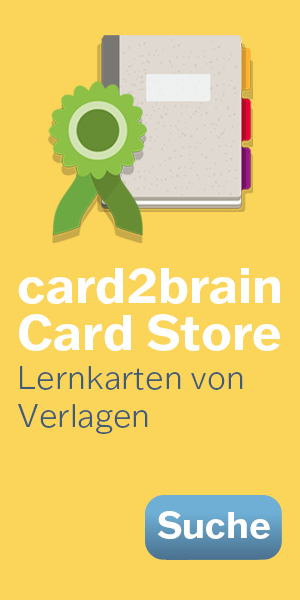English Grammar Step G2 (new)
neues Script
neues Script
Kartei Details
| Karten | 20 |
|---|---|
| Sprache | Deutsch |
| Kategorie | Englisch |
| Stufe | Mittelschule |
| Erstellt / Aktualisiert | 07.08.2024 / 27.08.2025 |
| Weblink |
https://card2brain.ch/box/20240807_english_grammar_step_g2_new
|
| Einbinden |
<iframe src="https://card2brain.ch/box/20240807_english_grammar_step_g2_new/embed" width="780" height="150" scrolling="no" frameborder="0"></iframe>
|
Lernkarteien erstellen oder kopieren
Mit einem Upgrade kannst du unlimitiert Lernkarteien erstellen oder kopieren und viele Zusatzfunktionen mehr nutzen.
What is the Present Perfect Simple tense used for?
The Present Perfect Simple is used to describe actions that occurred at an unspecified time in the past and have relevance to the present.
How is the Present Perfect Simple formed in the positive form?
It is formed with the subject + have/has + past participle. Example: "I have eaten."
How is the Present Perfect Simple formed in the negative form?
It is formed with the subject + have/has not + past participle. Example: "She has not finished the work."
How is the Present Perfect Simple formed in the interrogative form?
It is formed with have/has + subject + past participle? Example: "Have you seen the movie?"
What is the main difference between the Present Perfect and the Past Simple?
The Present Perfect links an action or event to the present, while the Past Simple is used for events that are completed and have a specific time reference.
When do we use the Present Perfect Continuous?
We use the Present Perfect Continuous for actions that started in the past and are still continuing or have recently stopped with effects on the present.
How do you form the Present Perfect Continuous in the positive form?
It is formed with the subject + have/has + been + present participle. Example: "He has been working."
What is the difference in use between Present Perfect Simple and Present Perfect Continuous?
Present Perfect Simple is used to focus on the completion and results of an action, while Present Perfect Continuous focuses on the duration or ongoing nature of the action.
What are the three base forms of irregular verbs in English?
The three base forms are the infinitive, simple past, and past participle. Example: to eat, ate, eaten.
Give an example of a sentence using Present Perfect with "just".
"I have just finished my homework."
Give an example of a sentence using Present Perfect with "already".
"She has already seen that movie."
Give an example of a sentence using Present Perfect with "yet".
"They have not finished the project yet."
How do we use the Present Perfect to describe experiences?
We use the Present Perfect to talk about experiences that have happened at some point in the past, without specifying when. Example: "I have traveled to Japan."
What is the difference between "since" and "for" in the Present Perfect tense?
"Since" is used with a specific point in time, while "for" is used with a period of time. Example: "I have lived here since 2010" vs. "I have lived here for 10 years."
What does the Present Perfect Continuous emphasize compared to the Present Perfect Simple?
The Present Perfect Continuous emphasizes the duration or ongoing nature of an action, while the Present Perfect Simple emphasizes the completion of an action.
Give an example of a question using Present Perfect Continuous.
"Have you been studying for the test?"
How do you use the Present Perfect to report news?
The Present Perfect is used to introduce news or recent events, and details are then given in the Past Simple. Example: "The president has announced a new policy. He discussed it at a press conference."
Why is the Present Perfect not used with specific time expressions like "yesterday"?
The Present Perfect is not used with specific time expressions because it emphasizes the relevance of an action to the present rather than when it happened.
What auxiliary verb is used to form the Present Perfect tense?
The auxiliary verb "have" or "has" is used to form the Present Perfect tense.
How do you form the past participle for regular verbs?
The past participle for regular verbs is formed by adding "-ed" to the base form of the verb. Example: "to walk" becomes "walked."
-
- 1 / 20
-
